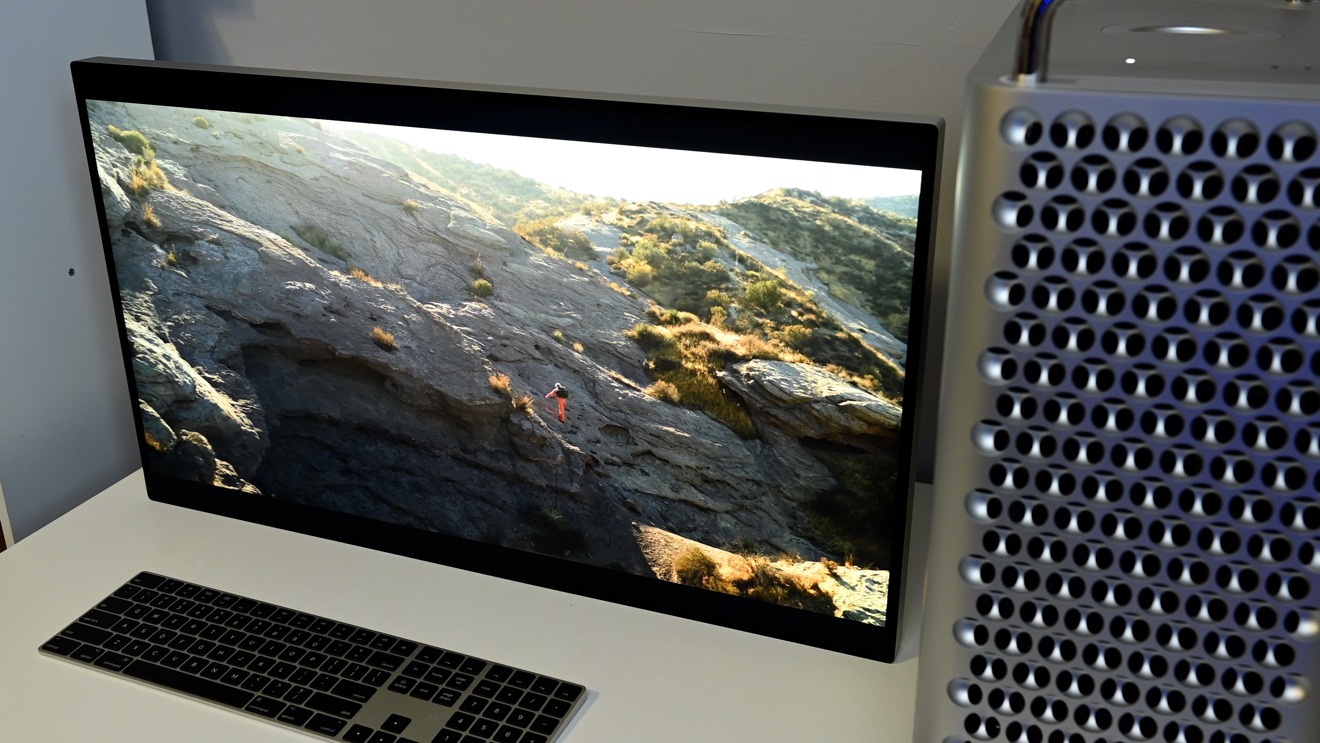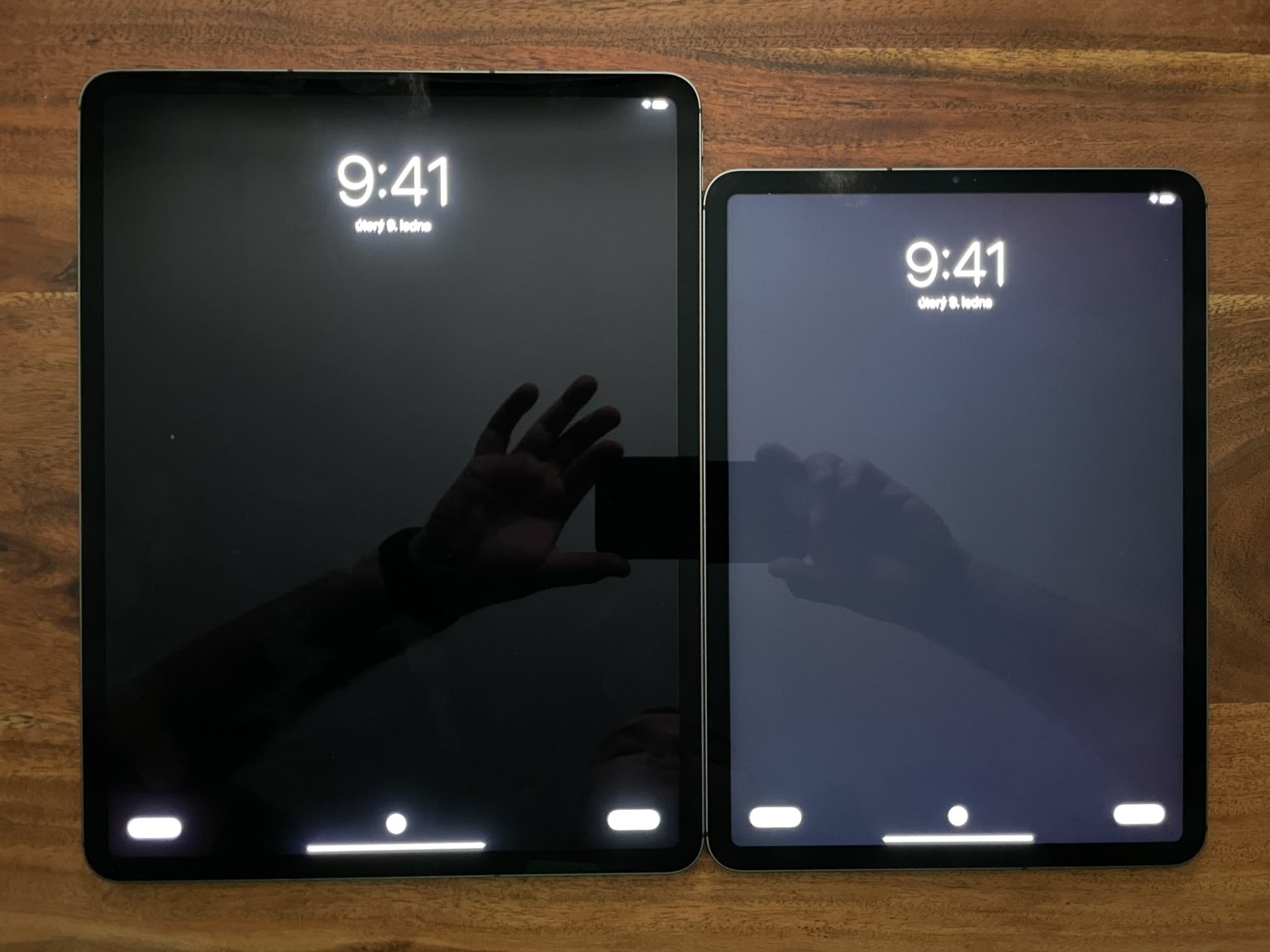Marvin
About
- Username
- Marvin
- Joined
- Visits
- 131
- Last Active
- Roles
- moderator
- Points
- 7,013
- Badges
- 2
- Posts
- 15,588
Reactions
-
Apple expects strong Mac growth but wearable deceleration in the holiday quarter
The chart gives the wrong impression. The M-series Macs have sold huge amounts. When they launched in late 2020, there was a huge +70% spike in YoY sales. People who bought the M1 models won't need a new one for a while so subsequent YoY sales drop by comparison.entropys said:I know Apple is going for the upsell by only having 8GB RAM and 256GB storage in the base model with no possibility of aftermarket upgrade, but it looks very much like in the pursuit of margins sales overall have gotten in a bad place.
perhaps sales might be goosed a bit if the base models were perceived as having a bit more value.
it seems Tim Apple has forgotten that not all Apple’s friends are Larry Ellison.
While the Mac upgrades are expensive, the majority of users don't need them. Total desktop users in the world are around 1.5 billion:
https://www.windowscentral.com/more-14-billion-devices-now-run-windows-11-or-10
Macs are around 150m.
One of the most common higher-end use cases is photo editing. Adobe has 30 million users. That's 2% of all users.
Another high-end use case is video editing. Apple said FCPX had 2 million users and similar apps will have less than this. That's < 0.5% of all users.
Software development is a higher-end use case but can be done on an 8GB/256GB machine and anybody doing it professionally can afford the higher spec.
Gaming needs good hardware and there are 150-200m gamers on Windows. This doesn't apply so much to Mac yet but the entry level hardware is > 3TFLOPs (PS4 Pro).
A 16GB/512GB 15" Air is $1699. That's not all that expensive and is enough for more than 98% of worldwide PC users.
People overestimate how many people buy higher-end Mac hardware. Macs over $3k are < 5% of the userbase.
tldr: Mac sales are down because loads of people already bought an M-series Mac and don't need another one and probably won't for a while (7-10 year upgrade cycle).
Cheaper upgrades would be nice of course but it wouldn't change these numbers.


-
Apple suffers fourth consecutive quarter of declining sales, beat Wall Street anyway
Their overall revenue drop was minimal (1-3%) and it's being compared to record revenues from recent years. Their margins have been fairly consistent over time:CheeseFreeze said:I used to buy Apple products more frequently but started to wait longer. For example I have a Mac Mini M1 with 16gb and don’t feel the urge to switch to a M3 when it’s out.
My MacBook Pro 2017 I really hate and an M3 would be the one to replace, but that’ll have to be a baseline M3 MacBook Air because I’m no longer willing to pay top prices and contribute to exorbitant margins Apple is aiming for.
I wait 3 generations before getting a new phone. They are now capable enough and all innovations feel contrived to keep us buying them.
If Apple wants to increase revenues they’ll have to give up some profits. They have become to greedy IMHO.
https://www.macrotrends.net/stocks/charts/AAPL/apple/operating-margin
https://www.macrotrends.net/stocks/charts/AAPL/apple/net-profit-margin
Over 13 years, operating margin has been 24-35%. Net margin 20-27%.
The margins just feel higher when the prices go up.
If you buy a Mac mini, $500 x 30% = $150.
If you buy a top spec MBP, $4000 x 30% = $1200.
Paying $1200 in profit feels more like being exploited than paying $150. If Apple made $600 (15%) margin on a $4000 product and that M3 Max spec MBP was $3400 instead, it wouldn't feel so bad. But then Apple has to sell twice as many to make the same profit.
Resellers and refurb sites have some decent prices on older models now, not too far off the entry $1000-1300 Air and you get the XDR display:
https://www.apple.com/shop/product/FPHE3LL/A/ - 14" M2 Pro, 16GB/512GB = $1599
https://www.apple.com/shop/product/FK183LL/A/ - 16" M1 Pro, 16GB/512GB = $1839
Another factor in this is that people's income in recent years haven't been keeping pace with price increases so premium consumer items like Macs and top-end iPhones are starting to feel like they are unaffordable.
If Apple cut their margins and boosted revenue, the reports would say their profits are down YoY and people would still say that the prices are too high.

-
M2 MacBook Pro vs M3 MacBook Pro -- specs, features compared
Besides performance, not much else is changed. People have use cases that need high performance. The M-series Macs are much faster than the Intel models due to hardware encoders. Here someone describes the i9 export time for 4 minutes of footage taking 3.5 minutes:dutchlord said:Why this performance improvement obsession? I never had a performance problem with any Intel/M powered Mac. Even my 8 year old Macbook Pro still flies and handles any video editing workflow with ease.
M1 Max takes 32 seconds, M2 Max takes 23 seconds. For short footage, 3.5 minutes isn't long to wait but for an hour of footage, that's over 50 minutes vs 8 minutes on M1 Max and under 6 minutes on M2 Max.
If someone is working on an edit all day and wants to push an export for review, having to wait 50 minutes vs 6 minutes is a big difference. An 8 year old machine could take more than 1.5 hours.
The M-series Macs also do this silently, Intel Macs spin up the fans a lot.
There are diminishing returns eventually, M2 Max vs M1 Max saving 25% isn't worthwhile but the regular upgrades means there's good deals on older models. M1 Max 32GB/1TB here is $2400:
https://www.bhphotovideo.com/c/product/1668190-REG/apple_mk1a3ll_a_16_2_macbook_pro_with.html
Another big improvement over Intel models is the XDR display with perfect black levels, the black on the display matches the bezel. Standard displays have a grey tint. Even if performance isn't important, the HDR picture quality is worth it.



-
'Scary Fast' iMac with M3 is here with few external changes
When Apple said explicitly that the 24" is designed to replace both 21" and 27", it suggests there won't be a bigger model. It's an average of both (21 + 27) / 2 = 24, (4K + 5K) / 2 = 4.5K. Exactly in the middle.roundaboutnow said:As others in this thread noted, the 24" iMac M3 was offered as a replacement for either the 21.5" or 27" Intel iMacs. That seemed odd to me. I wonder if that means we won't see a larger iMac any time soon (if ever).
Maybe we'll see a 24" iMac with M3 Pro or M3 Ultra -- in Space Black -- before too long. Matching 24" 4.5K displays would be nice too.
The 24" can probably handle an M3 Pro chip, M3 Max is a bit much, M3 Ultra is definitely not possible.
It doesn't rule out a larger model in future but there probably aren't 6K panels available that are cheap enough. The following Dell 32" 8K is $4k:
https://www.dell.com/en-us/shop/dell-ultrasharp-32-8k-monitor-up3218k/apd/210-alez/monitors-monitor-accessories
What would be more likely to happen is the 27" panels get cheap enough that the 24" can become a 27" model. That won't be for a few years though.
They can even sit on a shelf under the desk, under the stand or on the back of the stand because the Studio Display has ports on it.rob53 said:Both the Mac mini and Mac Studio don't take up much room, fitting underneath the Studio Display. Time to get used to it.






-
Apple rumored to launch new Macs in October
CoreML can run on the CPU/GPU/NPU and picks the fastest. Apple says the peak FP16 throughput of the ANE on A15 is 15.8TFLOPs. Max or Ultra chips could potentially outperform the neural engine on some tasks:elijahg said:
Most (not all) of this kind of thing works on Intel Macs still so maybe they're emulating the Neural Engine on Intel. Or it's not actually using the neural engine at all (as you point out it's only 7% used, apparently).22july2013 said:
I do two things that (as far as I can tell) are using the Neural Engine. One of them is the macOS builtin optical character recognition which I access using the macOS Shortcuts app. Essentially, I'm taking screenshots of videos using this app and I gather all the text that occurs inside videos. Essentially I'm running OCR in an infinite loop. As far as I know, the OCR code in macOS is using the Neural Engine. One of the reasons I think it's running in the Neural Engine is that I don't see any load on the CPU. So where would that OCR be occurring? Probably in the Neural Engine. That's what I'm doing. As to which videos I'm doing that on, I won't tell you. Trade secret.elijahg said:
Out of interest, what do you use that requires heavy use of the neural engine?22july2013 said:What I want is better NE (Neural Engine) core speeds, because my software seems to be bound by the speed of the NEs. (It's hard to be sure, since the Apple Activity Monitor in macOS doesn't tell you about the NE load.) Here's what Apple's processors claim to have:11 trillion ops/sec -- M1
15.8 trillion ops/sec --M2 Pro, M2 Max, M2, A15
17 trillion ops/sec -- A16
22 trillion ops/sec -- M1 Ultra (apparently 2x the M1 speed because the M1 Ultra is 2 M1 cores tied together. I'm not sure if real world performance scales perfectly.)
31.6 trillion ops/sec -- M2 Ultra (apparently 2x the M2 speed because the M2 Ultra is 2 M2 cores tied together. I'm not sure if real world performance scales perfectly.)
Looking at this data, there was a 40% speed bump from M1 to M2, which is definitely okay, but the other increases were caused only from doubling the number of Mx/NE cores. I'm hoping the M3 chip has a true speed bump, in which case I'm likely to replace my M1 Mac with an M3 Mac.
Does anyone know of any software that can show me the load on my Neural Engines? Does anyone know why Apple's Activity Monitor refrains from reporting that data?
https://machinelearning.apple.com/research/neural-engine-transformers
https://www.photoroom.com/inside-photoroom/core-ml-performance-2022
The NPU percentage usage is measured from the power vs 8W. For OCR across multiple framebuffers, processing/generating the uncompressed buffers will be taking some of the processing time.
The neural engine is 16-core, 1-core = 6.2%. It could be the model used isn't able to run in parallel or it just finishes so quickly it doesn't need to use more of the NPU. Processing frames in batches could potentially make it run faster.
The newer Mac systems do OCR as part of the system now. In the above graph image, dragging over the text will highlight it after a short delay. Even though it's a static image, it runs OCR and lets you copy/paste text from an image. It happens fairly quickly and doesn't register much processor usage on CPU/GPU/NPU.

